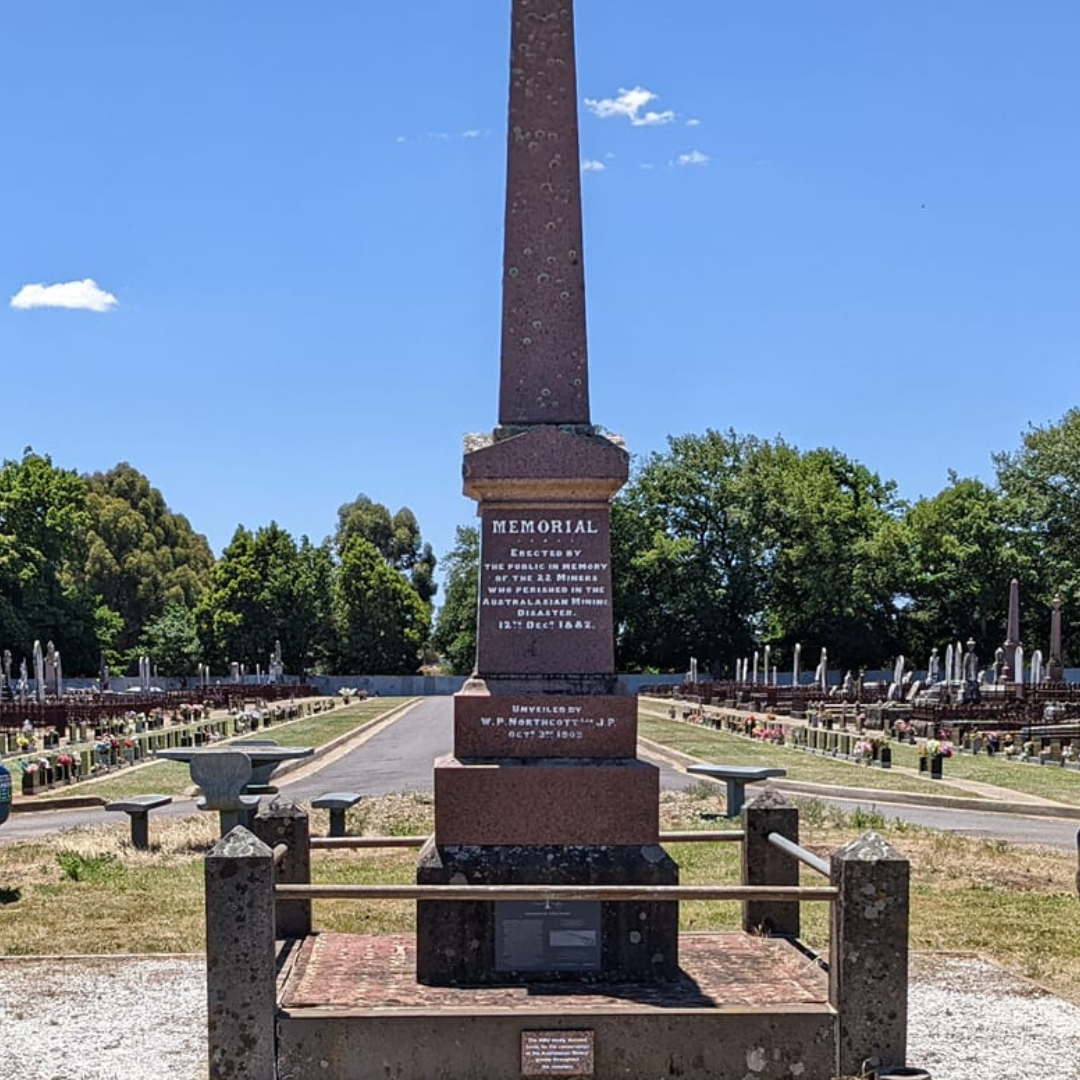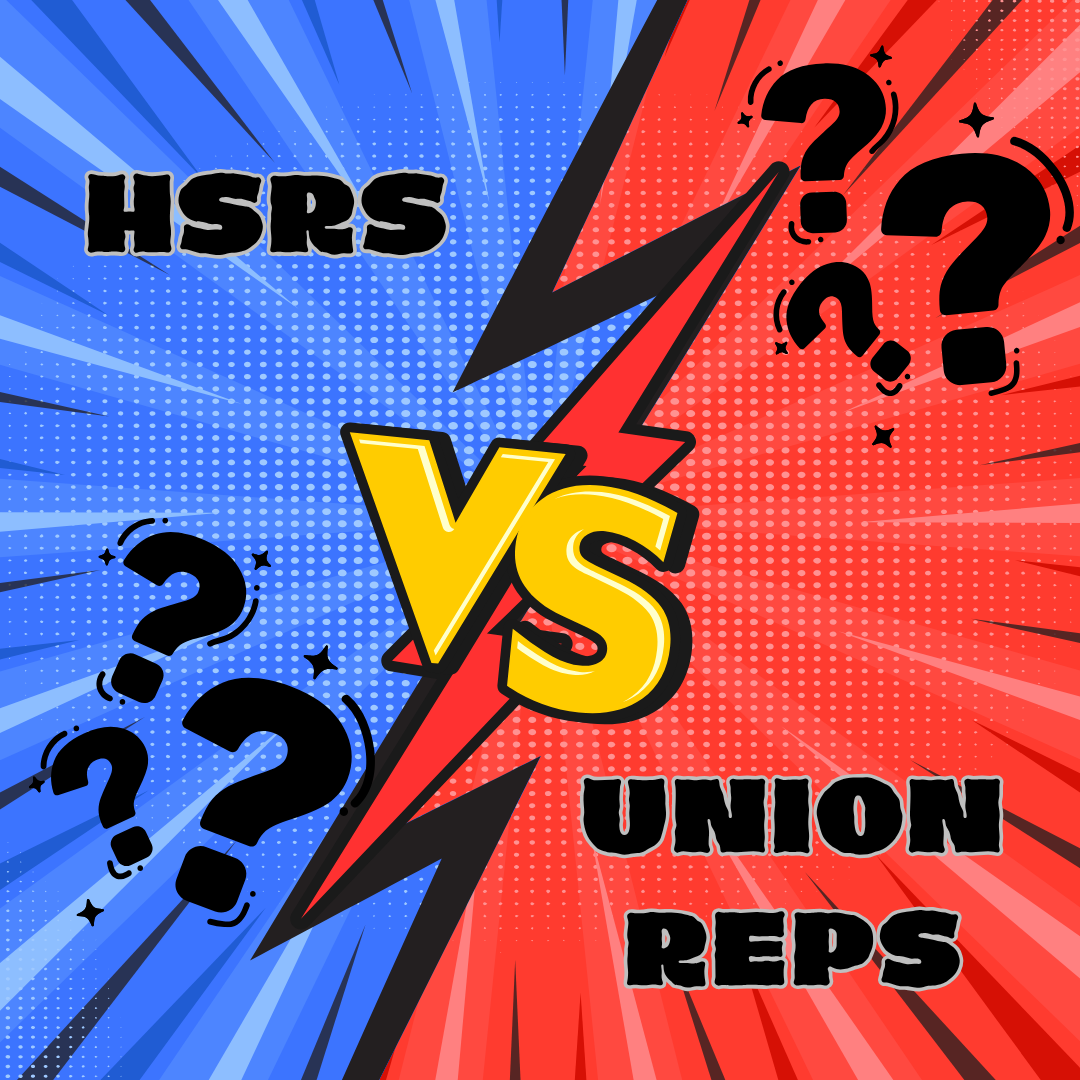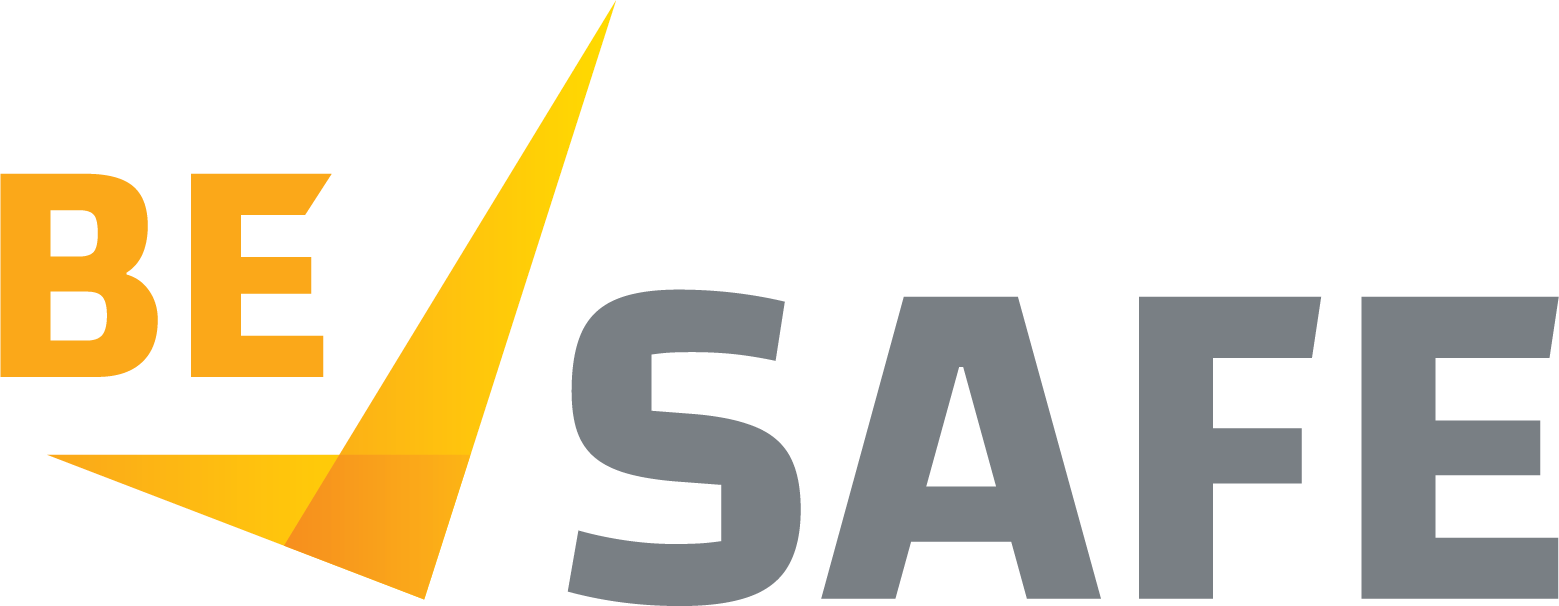What Information Can An HSR Have Access To
A Health and Safety Representative (HSR) plays a crucial role in ensuring workplace safety and compliance with health and safety regulations. The specific information a Health and Safety Representative can access vary as limitations do exist. However, generally, an HSR can access the following types of information:
1. Risk Assessments and Hazard Identification
- Workplace Risk Assessments: Documentation and reports identifying potential risks or hazards in the workplace (e.g., chemical hazards, machinery, ergonomics, etc.).
- Hazard Control Measures: Information about existing controls and measures in place to mitigate or eliminate identified risks.
2. Health and Safety Policies and Procedures
- Workplace Safety Policies: Company-wide health and safety policies, guidelines, and protocols.
- Emergency Procedures: Evacuation plans, first aid protocols, and procedures for responding to accidents or emergencies.
3. Workplace Injury and Incident Reports
- Accident and Injury Reports: Documentation of workplace accidents, injuries, and near misses. This includes investigation reports and any follow-up actions taken to prevent recurrence.
- Incident Logs: Records of any safety incidents, including time, place, cause, and impact on workers.
4. Workplace Safety Training Records
- Training Records: Information on safety training and certifications for workers, including what training has been provided and whether employees are up to date on required courses.
- Safety Inductions: Details of safety induction programs for new employees or contractors.
5. Workplace Inspections and Audit Results
- Inspection Reports: Results from routine or special safety inspections of the workplace.
- Audit Results: Internal or external audits that evaluate safety systems, compliance, and performance.
6. Exposure Records
- Workplace Exposure Monitoring: Records detailing employee exposure to potentially hazardous substances, including chemicals, noise, and physical agents.
- Personal Protective Equipment (PPE) Use: Information about PPE requirements and employee compliance with PPE protocols.
7. Health Surveillance Data
- Medical Records: In Victoria, HSRs may have access to workers' health surveillance records, particularly if the worker is exposed to harmful substances or physical conditions. However, there are limitations and requirements. (see below).
- Workplace Health Monitoring: Data on health monitoring initiatives like hearing tests, lung function tests, etc.
8. Compliance and Regulatory Documents
- Compliance Records: Documents related to compliance with national or regional health and safety laws and regulations, such as safety permits and certifications.
- Regulatory Inspections: Reports and recommendations from inspections conducted by regulatory agencies (e.g., OSHA in the U.S., HSE in the UK).
9. Corrective Actions and Safety Committees
- Corrective Action Plans: Information about actions taken or planned in response to identified hazards, incidents, or safety deficiencies.
- Safety Committee Minutes: Minutes from health and safety meetings or committees, where safety issues and concerns are discussed.
10. Workplace Safety Reports and Statistics
- Health and Safety Performance Data**: Statistics related to workplace accidents, injuries, and safety performance (e.g., incident rates, lost time injury frequency rates).
- Occupational Health Data: Data on the health of employees, including common workplace illnesses or injuries.
11. Consultation with Workers
- Feedback and Concerns: Input from workers about safety concerns or potential hazards they have observed or experienced.
Access Rights and Limitations
While an HSR has broad access to health and safety information, the exact level of access may depend on:
- Confidentiality and Privacy: Sensitive personal information (e.g., medical records) may be restricted, but HSRs typically have access to aggregate data rather than individual health records. HSRs can obtain permission from the individual or individuals involved or have sensitive information redacted.
In Victoria, employers are required to consult with and provide relevant safety information to HSRs to enable them to perform their duties effectively. This helps ensure that the workplace is as safe as possible and that health risks are minimized.
If you require additional information or clarification, please contact BeSafe.




